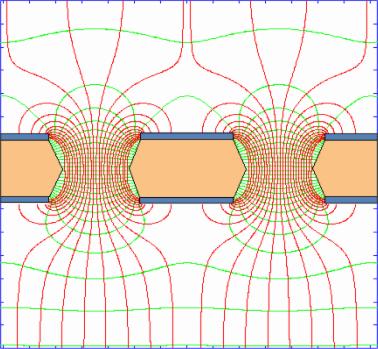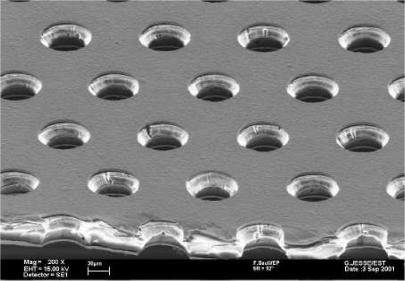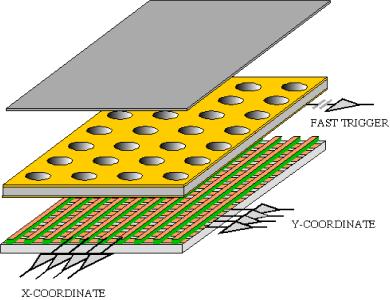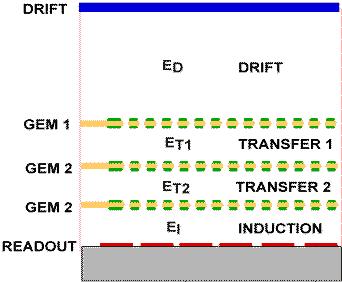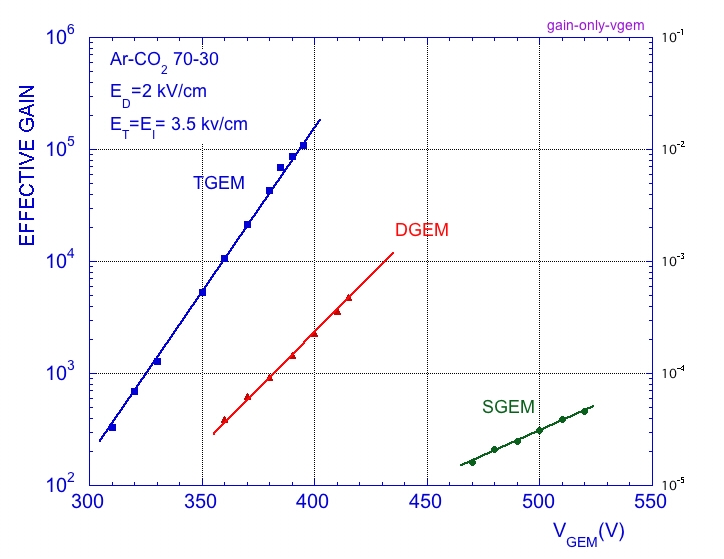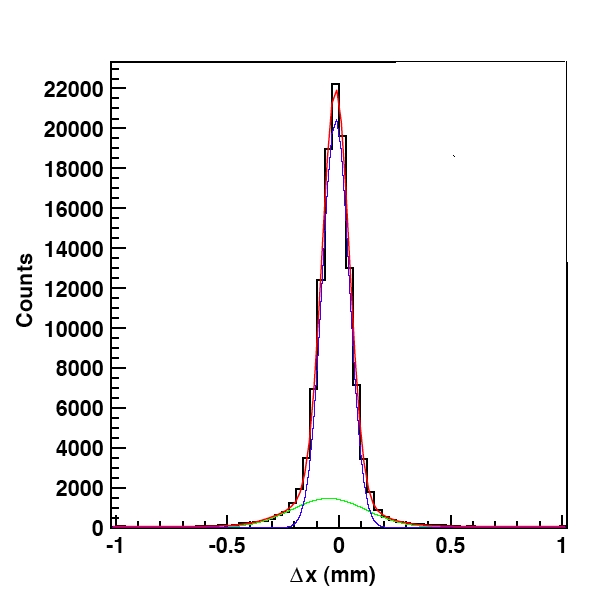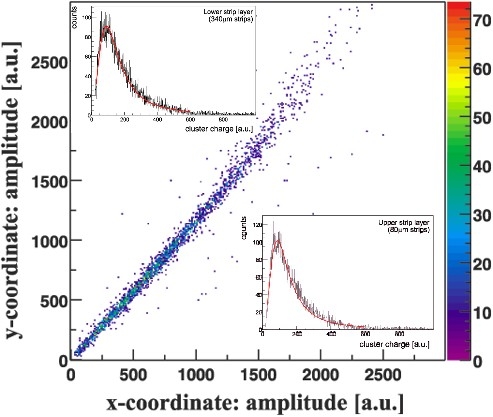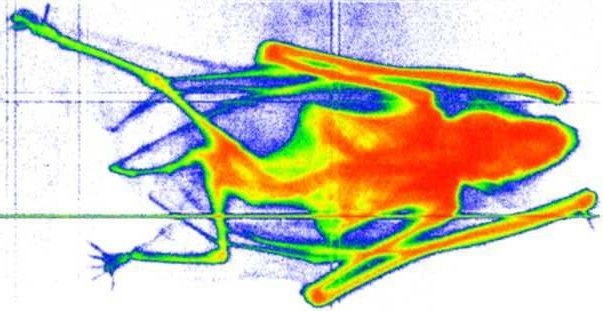The Gas Electron Multiplier (GEM) consists of a thin, metal-clad polymer foil, chemically pierced by a high density of holes (typically 50 to 100 per mm2). On application of a difference of potential between the two electrodes, electrons released by radiation in the gas on one side of the structure drift into the holes, multiply and transfer to a collection region. Each hole acts as an individual proportional amplifier. The multiplier can be used as detector on its own, or as a preamplifier in a multiple structure; in this case, it permits to reach large overall gains in harsh radiation environment . The first double structure coupled a GEM to a Micro-strip Gas Chamber (MSGC), and has been adopted for the tracker in the HERA-B experiment. Simpler, sturdier and more effective are detctors using multiple cascaded GEM foils . The separation between amplification stages and read-out contribute to the safety of operation and permit freedom of design of the charge collecting electrode. Detailed studies of gain and discharge point at high rate and in presence of heavily ionizing tracks have demonstrated the superiority of multiple GEM structures to all other micro-pattern devices (see PERFORMANCES). A set of large size Triple-GEM detectors are used for the detection and localization of charged particle trackers for COMPASS, a high rate experiment at CERN; a similar setup is in construction for TOTEM (forward tracker in CMS). Other developments in particle physics include improved readout of the Time Projection Chambers for the Linear Collider project at DESY, a fast muon trigger system for LHCb, neutron detection and other experiments. Applications in medicine, astrophysics, dosimetry are under development (see APPLICATIONS). Suggested schemes for mounting and using small size detectors can be found in ASSEMBLY and POWERING.
Applications of the GEM technology for commercial or industrial purposes are covered by international patents. For more information on licensing, see PATENTS.
The main characteristics and performances of GEM detectors are:
- Operation in most gas fillings, including pure noble gases
- Proportional gains above 105
- Energy resolution 18% FWHM at 5.9 keV
- Space localization accuracy 60µm rms or better
- Rate capability above 105 counts/mm2sec
- Active areas up to 1000 cm2
- Flexible detector shape and readout patterns
- Robust, Low cost
For more detailed data, refer to our PUBLICATIONS.
|
Field lines and equipotentials in the GEM holes on application of a voltage between the two metal sides. A Drift (top) and Transfer field (bottom) transport ionization electrons into and out of the holes: |
Close view of a GEM electrode, etched on a metal-clad, 50 µm thick polymer foil. The hole's diameter and distance are 70 µm and 140 µm: |
|
|
|
|
Schematics of a single GEM detector. Electrons released by ionization in the top gas volume drift and multiply in the holes; the charge is collected on the anode, with 1-D or 2-D projective strips, pads or other patterns: |
A triple-GEM detector: gain sharing between the foils improves the reliability of operation at high gains: |
|
|
|
|
Proportional gain in a single, double and triple-GEM detector as a function of voltage (equal on each foil): |
Energy resolution of a GEM detector. Pulse height spectrum for 55Fe 5.9 keV X-rays: |
|
|
|
|
Position accuracy for fast charged particles; it has 70 µm rms. |
Charge correlation between X and Y projections for minimum ionizing particles: |
|
|
|
|
X-ray absorption radiography of a small mammal obtained with a two-dimensional GEM detector: |
|
|
|
|

